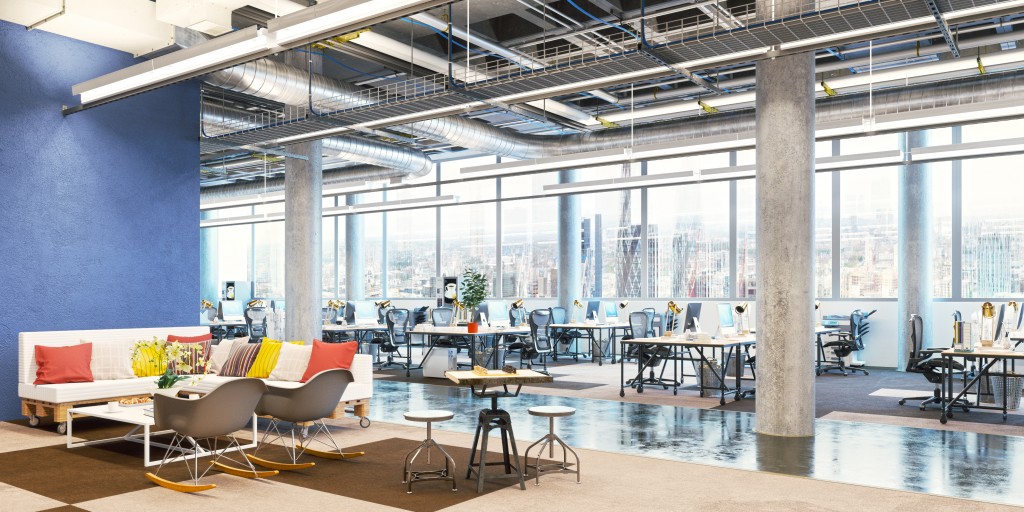Nothing makes us feel safer than having a roof over our heads. Having a secure home is what separates us from malicious entities that might have ill-intent. But other than thieves that might want to steal our personal belongings and those that might want to cause harm to our family, natural elements such as storms, snow, and heavy rain can problems our overall health.
Fortunately, roofs are one of the oldest but most reliable designs used throughout much of civilization.
The same can be said when it comes to the workplace. Employees and much of the workforce can only be productive if they feel secure and safe. What’s the best way of ensuring that they can work unabated? Being in a sturdy and robust workplace that can withstand the natural elements and almost weather conditions. Normally, offices and any building that’s related to business will have a flat roof. But why do employers choose flat roofs over your typical gable-shaped roof in residential areas?
Brief History of Flat Roofs
Historically, flat roofs have been around for thousands of years and are known for being one of the more “practical” types of roofing. However, compared to your gable-shaped roof, which can naturally redirect water in the right direction, flat roofs will have a more difficult time disposing of water. This is one of the reasons why flat roofs were used in more arid regions in the Middle East.
There was no need for triangular-shaped roofs in some areas in the middle Middle East since rain was quite rare or was almost non-existent. Since flat roofs have a relatively stable surface area compared to sloped roofs, this makes them a better choice for households and buildings that require a good amount of space.
Since then, flat roofs have spread throughout much of the Western world and have been widely used in a lot of buildings that are situated in temperate areas. But as you might have guessed, this can be a problem for this type of roofing since flat roofs work well with dry weather conditions and not that effective in more “humid” and temperate weathers.
But with the invention of gutters and downspout systems, it’s easier for flat rooftops to dispose of rainwater. In other situations, roofing contractors will also place a slight pitch on your roof of around 0.5/12 or 1/12 as a means of removing water.
Sometimes, the process of installing a flat roof can be a bit more complicated than just installing your usual residential roof, especially if it’s for a commercial building. When a roof is being installed, time is of the essence, especially when water could easily seep through hard-to-reach areas in an exposed unfinished roof. One of the best ways of expediting the roofing process is by commissioning the services of professional roofers.
Fortunately, there are reputable roofing companies that can help with the installation process. Having professional supervision can decrease the likelihood of injuries while finishing the project in a timely manner.
Are Flat Roofs Ideal For the Workplace?

But what makes flat roofing so crucial for office and commercial buildings? Well, most experts would say that flat roofing is an excellent way of freeing up a good amount of space for a variety of equipment.
Some of the advantages that flat roofs provide for workplaces are:
- More opportunities to expand
- Protecting HVAC equipment
- Easier maintenance
Flat roofs are great for commercial buildings since they provide functional space that can be used for the needs of the business. Whether it’s heating or air-conditioning systems, easier maintenance, or giving more opportunities for the building to expand, it’s a great choice for commercial and office buildings.

